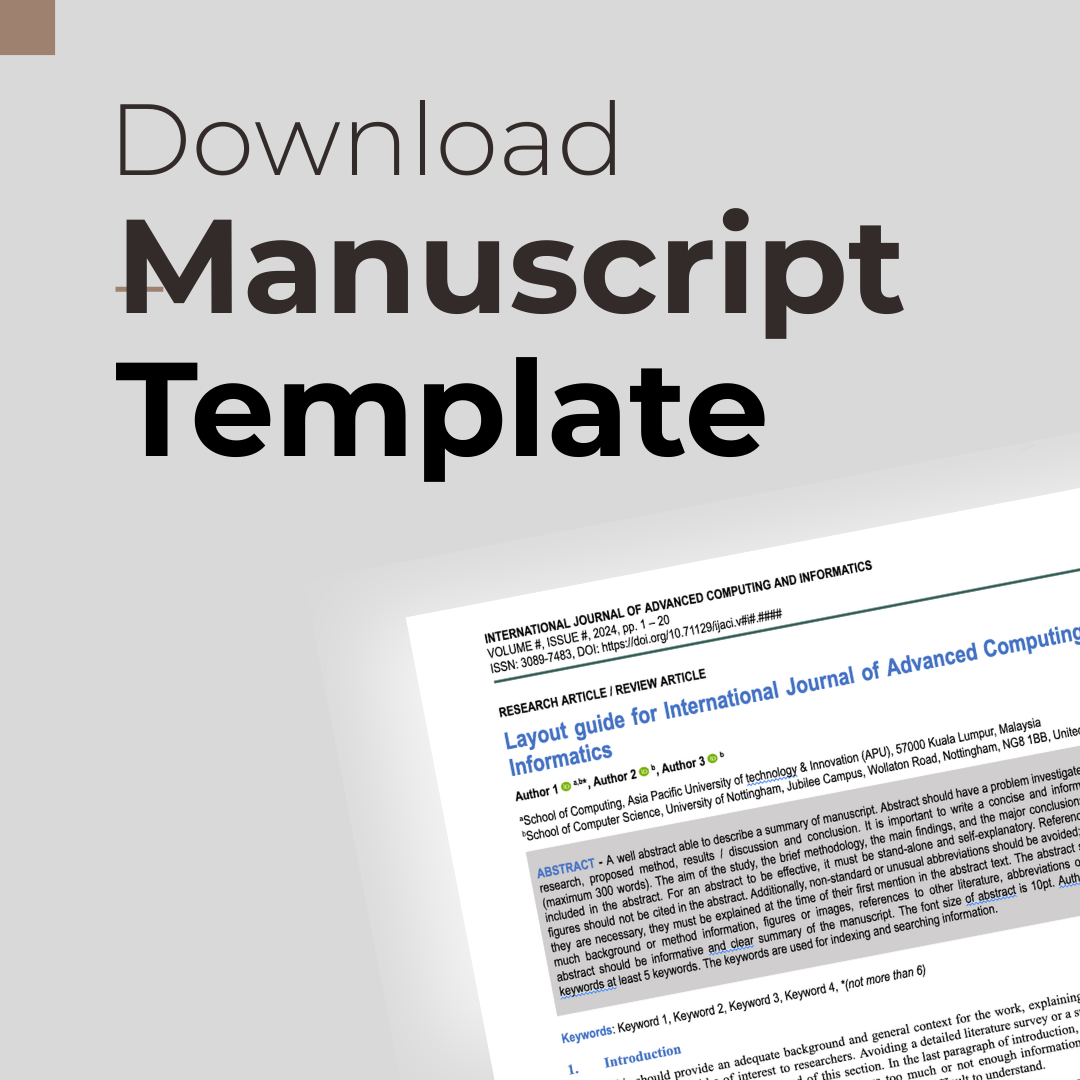Hybrid GRU-KAN Model for Energy Consumption Prediction in Commercial Building Cooling
DOI:
https://doi.org/10.71129/ijaci.v1.i2.pp69-78Keywords:
Energy consumption, Kolmogorov-Arnold Networks, Gated Recurrent Unit, LSTM, Deep LearningAbstract
Energy management efficiency is crucial in reducing operational costs and the environmental impact of commercial buildings. Cooling systems, as one of the main components of energy consumption, become a challenge due to their complex and non-linear nature. This study proposes a hybrid model combining Gated Recurrent Units (GRU) and Kolmogorov-Arnold Networks (KAN) to enhance the prediction accuracy of electrical energy consumption in commercial building cooling systems. The dataset used is from a Heating, Ventilation, and Air Conditioning (HVAC) system, covering seven key features, such as outdoor temperature, humidity, and cooling load. The experimental results show that GRU-KAN provides the best performance with an RMSE value of 4.168, MAE of 2.242, and R² of 0.819, and outperforms the GRU, LSTM, and LSTM-KAN models for energy consumption prediction. This study contributes to optimizing energy consumption in building cooling systems through a deep learning approach based on the GRU-KAN model. The hybrid architecture effectively captures both temporal dependencies and nonlinear relationships, offering a robust and accurate approach for HVAC energy forecasting.
Downloads
Published
Abstract
-
209 views
PDF Download
- 82 times
Issue
Section
License
Copyright (c) 2025 Jumadi, Jalal Uddin Md Akbar (Author)

This work is licensed under a Creative Commons Attribution 4.0 International License.







